Summary
- Some damage types in Dungeons & Dragons are more effective and have more enemies vulnerable to them.
- Fire damage is hit or miss, with many creatures immune but also many vulnerable to it.
- Magical bludgeoning, slashing, and piercing damage is the most reliable and effective in the game.
There are many different damage types in Dungeons & Dragons, but which ones are the best? Honestly, it depends on who or what you’re fighting. But if we take a closer look at the Monster Manual, it’s obvious that some damage types are more effective. Moreover, there is a larger amount of enemies vulnerable to certain types of damage. Taking this into account, it can be said that, generally speaking, there is a hierarchy of damage types that are more reliably effective.
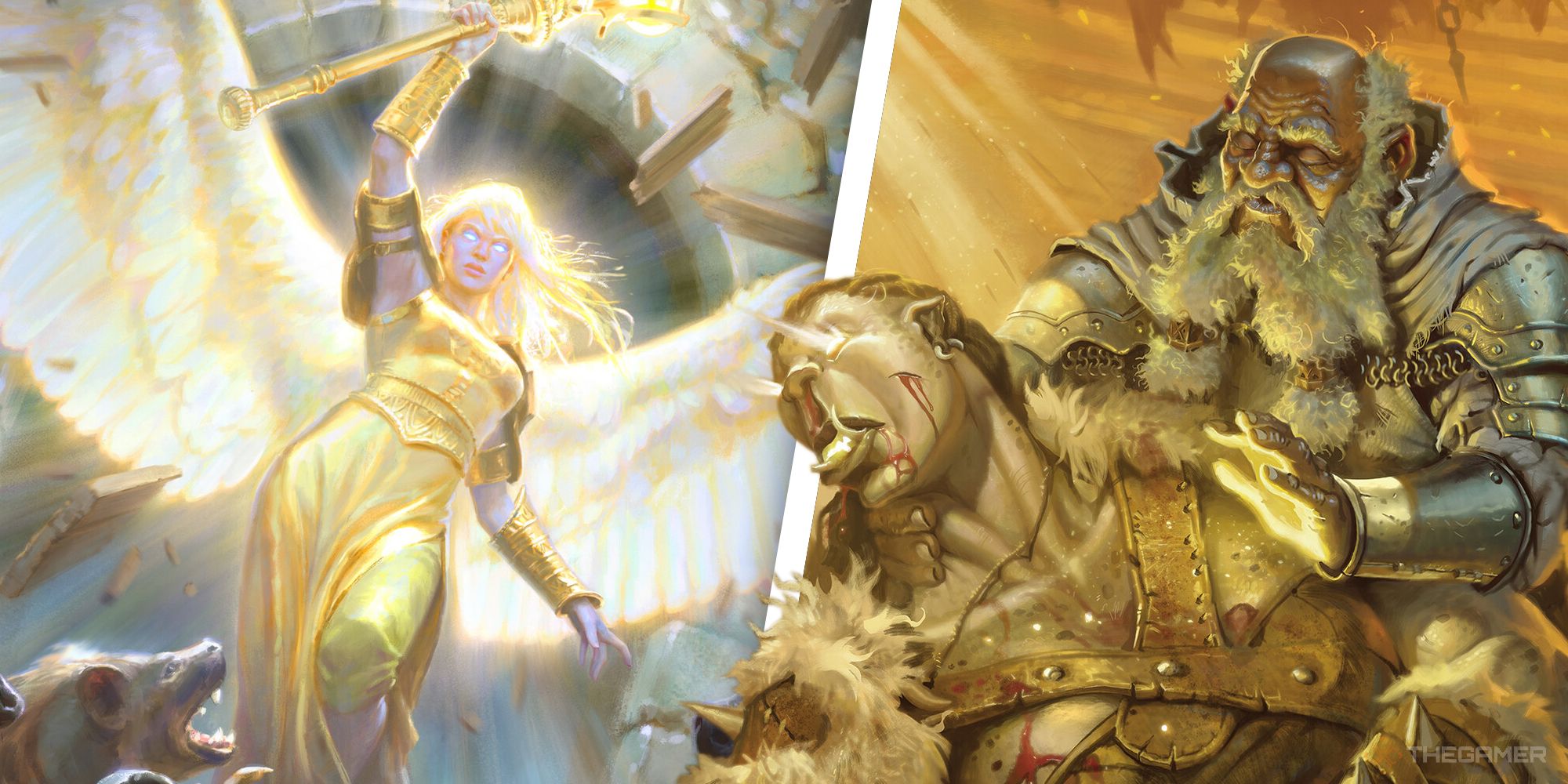
Related
Dungeons & Dragons: 20 Best Healing Subclasses
There are some great healing subclasses to choose from in Dungeons & Dragons. Here’s a look at some of the best.
For example, poison damage can easily be identified as the weakest of all damage types in regard to immunity. An astounding 96 creatures in the Monster Manual have immunity to poison. That’s more than twice as many creatures who are immune compared to the next worst type. Only monsters from the Monster Manual were accounted for in the making of this list, so be wary of fluctuation from monsters located elsewhere, such as Volo’s Guide to Monsters, Xanathar’s Guide to Everything, and many other modules and supplemental materials.
Updated on January 10, 2024, by Alfredo Robelo: Dungeons & Dragons continues to be as popular as ever, and with the release of the 2024 source books, more new players have arrived wanting to know what damage type is the best. We have updated this article with information from both the 2024 Player’s Handbook and the 2024 Dungeon Master’s Guide.
13
Fire
All In All, Fire Damage Is Very Hit Or Miss
While Fireball is irreplaceable, 40 creatures in the Monster Manual have immunity to fire damage. On top of that, another 37 are resistant. However, nine creatures are vulnerable to it, which is the highest number of vulnerable creatures for any damage type.
So, fire takes second place in immune creatures and first place in vulnerable creatures. Either your enemies burn away in a blaze of searing flesh, or they fear your Firebolt no more than a flicked booger, but don’t let this discourage you from hurling Fireballs every chance you get.
12
Slashing
A Favorite Among Players
This is the damage type dealt by most enemies and players at lower levels. The first weapon most characters have, depending on their class, is often a non-magical slashing weapon. A Fighter, for example, is one of the most commonly played classes, and more often than not, it’s a sword or axe that they pick up at level one.
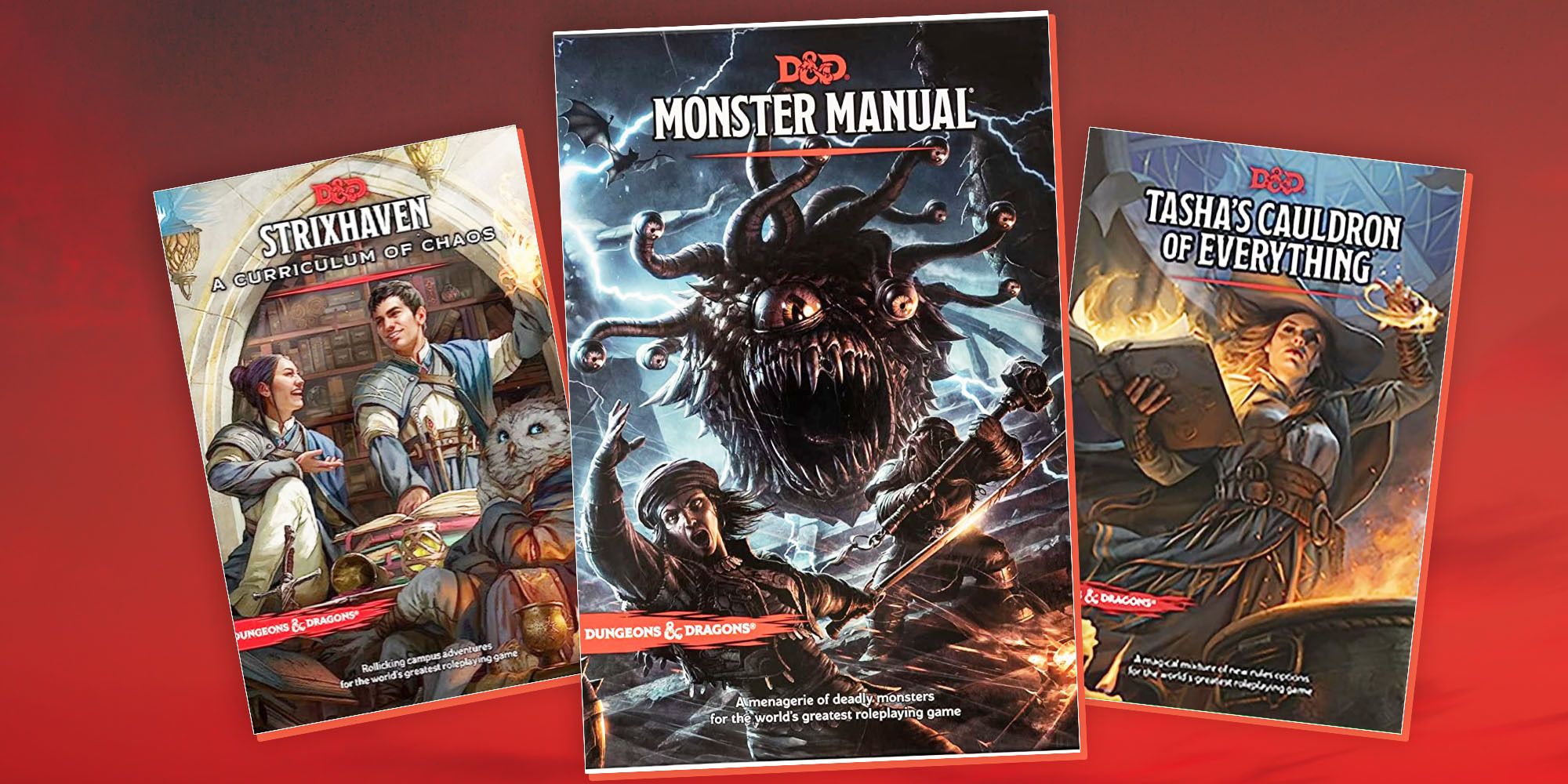
Related
Best Source Books For D&D In 2024
Get your Dungeons & Dragons adventures started with these essential sourcebooks.
It’s also not especially effective, which is one of the challenges characters have to deal with as they start out. There are only 17 creatures immune to non-magical weapon damage, but a staggering 60 are resistant. Some creatures are immune to slashing damage of any type, which you’ll learn if your DM has a certain sense of humor.
11
Piercing
The Rogue’s Favorite
Characters that can use weapons like spears, tridents, or arrows will be dealing with piercing damage. In some ways, this is better than slashing. An advantage here is that most of the more exciting and dramatic weapons deal piercing damage with all of the impaling, puncturing, and throwing involved.
Weapons like spears have definite advantages in that they are equally valuable as both ranged and melee weapons, and the classes that use them are often some of the most versatile available. However, no enemy is vulnerable to piercing, with about ten creatures being resistant to it.
10
Bludgeoning
Especially Good Against Skeletons
Certain classes can only use bludgeoning weapons from the very start, and these are often supporting or healing classes, but even that depends on the exact character build. In terms of resistance, eight creatures are resistant to bludgeoning damage while four are vulnerable.
Undead creatures like skeletons and other “breakable” creatures are among the vulnerable group to bludgeoning damage because, of course, stabbing or slashing them obviously won’t help. This doesn’t just apply to maces, but any weapon that has a dull edge, including staves and hockey sticks, so that tree trunk your Barbarian picks up counts.
9
Cold
Cone Of Cold Is One Of The Greats
Wielding fire and ice may be a cool fantasy cliché, but if those are your only options, you’re going to run into threats that resist you. There are 20 creatures in the monster manual with immunity to cold, and another 46 with resistance.
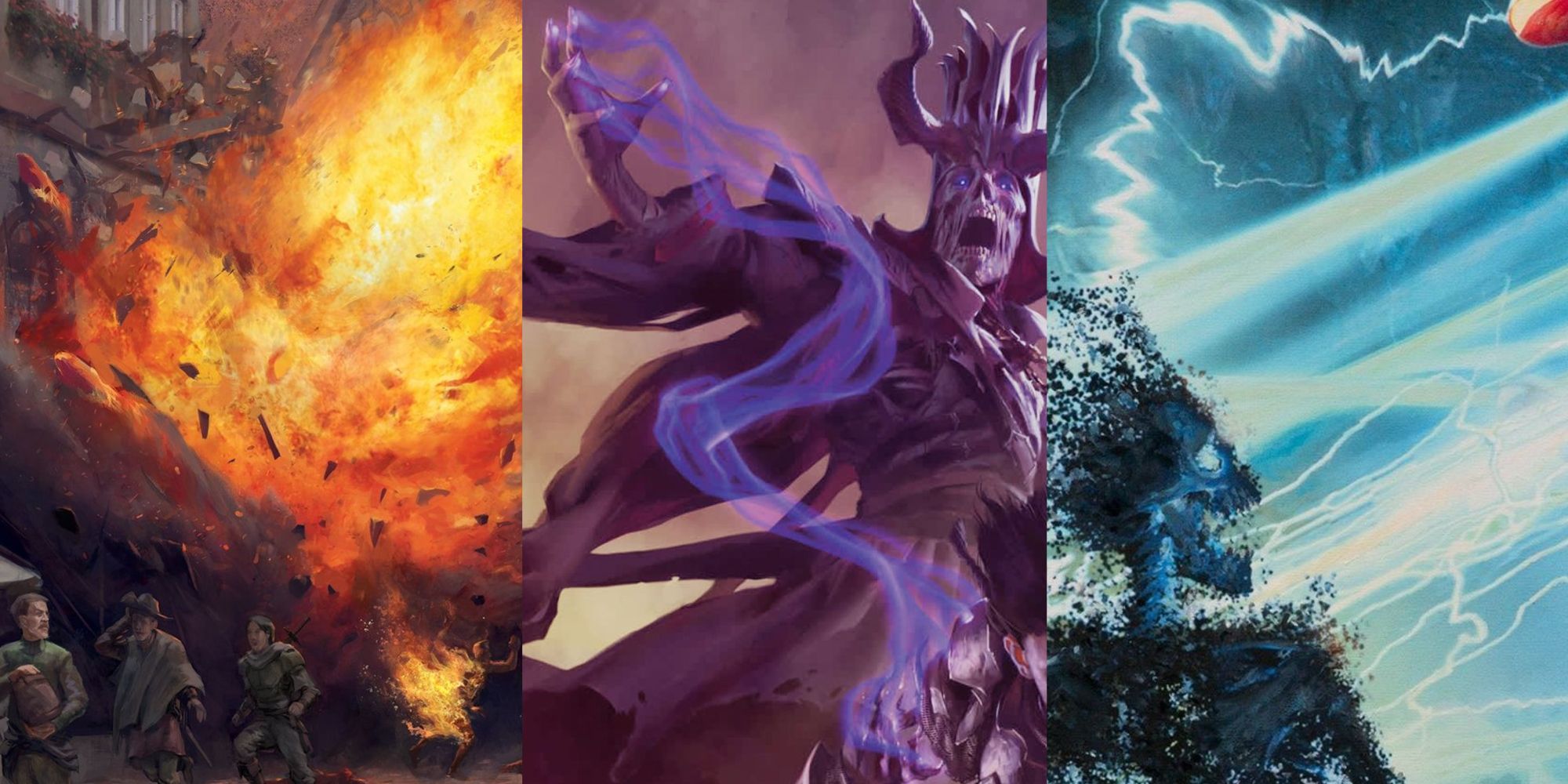
Related
Dungeons & Dragons: 15 Destructive Damage Spells, Ranked By Damage
Sometimes in Dungeons & Dragons, you just want to cause damage with your spells. From Fireball to Meteor Swarm, here’s the 10 most destructive ones.
Thankfully, four creatures are vulnerable. One thing about fire or cold-resistant monsters is that many of them share both resistances. So, if your fire spells aren’t working, the next best bet definitely isn’t cold, unless, of course, you are dealing with an ice or fire elemental.
8
Lightning
Why Not Swap Out A Fireball For A Lightning Bolt?
The crackling power of electricity can now be at your fingertips thanks to the lightning damage type, with some versatile spells like Shocking Grasp and Chain Lightning ready to annihilate your enemies. The main drawback of the element is that it isn’t as readily available as others, making a build around it somewhat troublesome.
Demons are often resistant to fire, cold, and lightning damage.
Of the many creatures in the game, 35 have resistance to lightning damage and ten are immune. None are vulnerable. The first great lightning damage option, Lightning bolt, doesn’t become available until you gain access to third-level spells, although the 2024 Player’s Handbook updated Witch Bolt to be one of the best level one spells in the game.
7
Acid
Difficult To Wield, But Effective
The only spells that give you access to acid damage are the cantrip Acid Splash, which deals a meager 1D6 damage, the first-level spell Chromatic Orb, and the second-level spell Melf’s Acid Arrow. Despite its disappointing damage, it is possible to hit up to nine creatures with Acid Splash if you can maneuver them within five feet of the casting point.
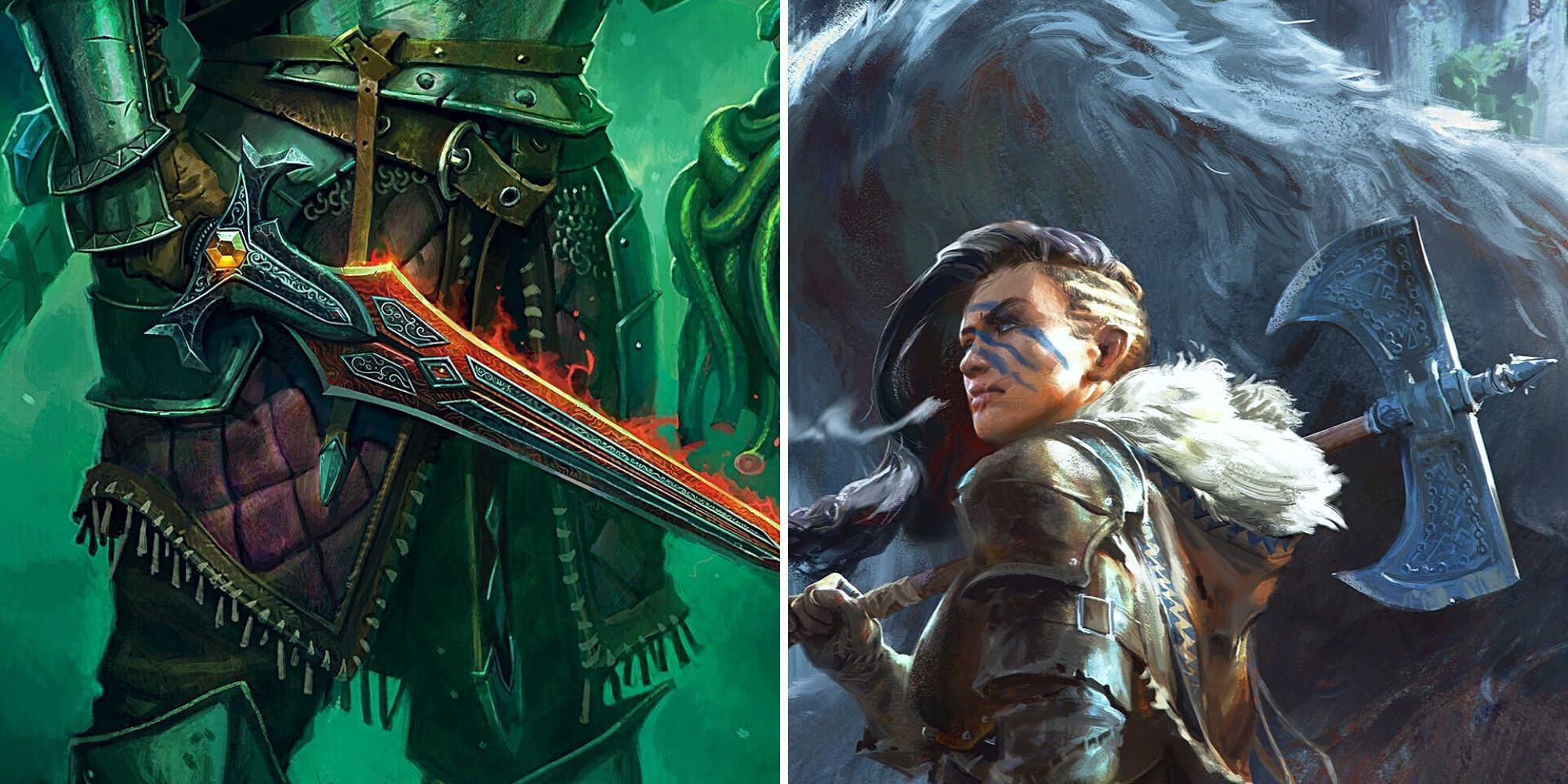
Related
Dungeons & Dragons: 10 Best Magic Items For Melee
If you’re playing a melee class in your D&D campaign, these are the magic items you’ll want to get hold of.
With such a limited amount of options, it’s no wonder acid damage is often overlooked. However, it is one of the more reliable damage types. Only 18 creatures have resistance to it, though 15 are immune, and none are vulnerable. The 2024 Player’s Handbook adds acid as a choice in several spells, like Dragon’s Breath, Sorcerous Burst and Prismatic Spray.
6
Thunder
It’s Noisy In Here
Thunder, on the other hand, is a damage type present at many tables. With cantrip options like Thunderclap and Booming Blade, as well as spells including Thunderwave, Thunderous Smite, Shatter, and Thunder Step, players are presented with many solid choices that deal thunder damage. And the best part is, the damage type is incredibly reliable: 14 creatures have resistance, only two are immune, and there’s even one who is vulnerable.
Spells like Silence can nullify thunder-type spells, since no noise can be made inside its area of effect.
Since thunder is so intrinsically related to sound, it is the least subtle damage type in the game, which can be a problem if you try to ambush someone before they can call for back-up. Even if you take them out, you yourself become the alarm that wakes the entire encampment if you deal thunder damage.
5
Necrotic
It’s Good To Be Bad
Necrotic damage is common among characters of a more sinister alignment. Though it may be at the price of your character’s soul, evil-aligned characters are rewarded with a very reliable damage type. 11 creatures are resistant to necrotic damage and another 11 are immune.
Some DMs have worlds where necromancy spells are viewed as evil. Ask your DM about the world’s general perception of necromancy to avoid a nasty surprise.
It’s pretty obvious which creatures have resistance to necrotic, since almost all of them are undead, which further serves to make necrotic damage dependable in that it will function as expected. You can still use this knowledge to your advantage: instead of using spells that deal necrotic damage, use necromancy spells that summon undead, making your minions resistant to your enemies’ attacks.
4
Psychic
Powerful, But Weak On Damage
Like acid damage, psychic damage is seldom seen. The spells that do deal psychic damage are often more utility-based. Their primary function is not to eliminate a threat but weaken or confuse it, although an NPC creature reduced to zero hit points via psychich damage still dies, unless you and your Dungeon Master can work something out.
Low-level access options include the cantrip Vicious Mockery as well as first-level spells Wrathful Smite and Dissonant Whispers. There is also Mind Spike, which is a notable and underused second-level spell from Xanathar’s Guide to Everything that deals 3D8 psychic damage on a failed save. One creature is resistant, ten are immune, and one is vulnerable.
3
Radiant
The Favorite Of Clerics And Paladins
While evil characters are rewarded with the very reliable necrotic damage type, good characters receive a superior boon through access to radiant damage. Primarily paladins and clerics are capable of using radiant spells with options like the cantrip Sacred Flame and Xanathar’s Word of Radiance, as well as the spells Guiding Bolt, Divine Favor, Branding Smite, and Blinding Smite.
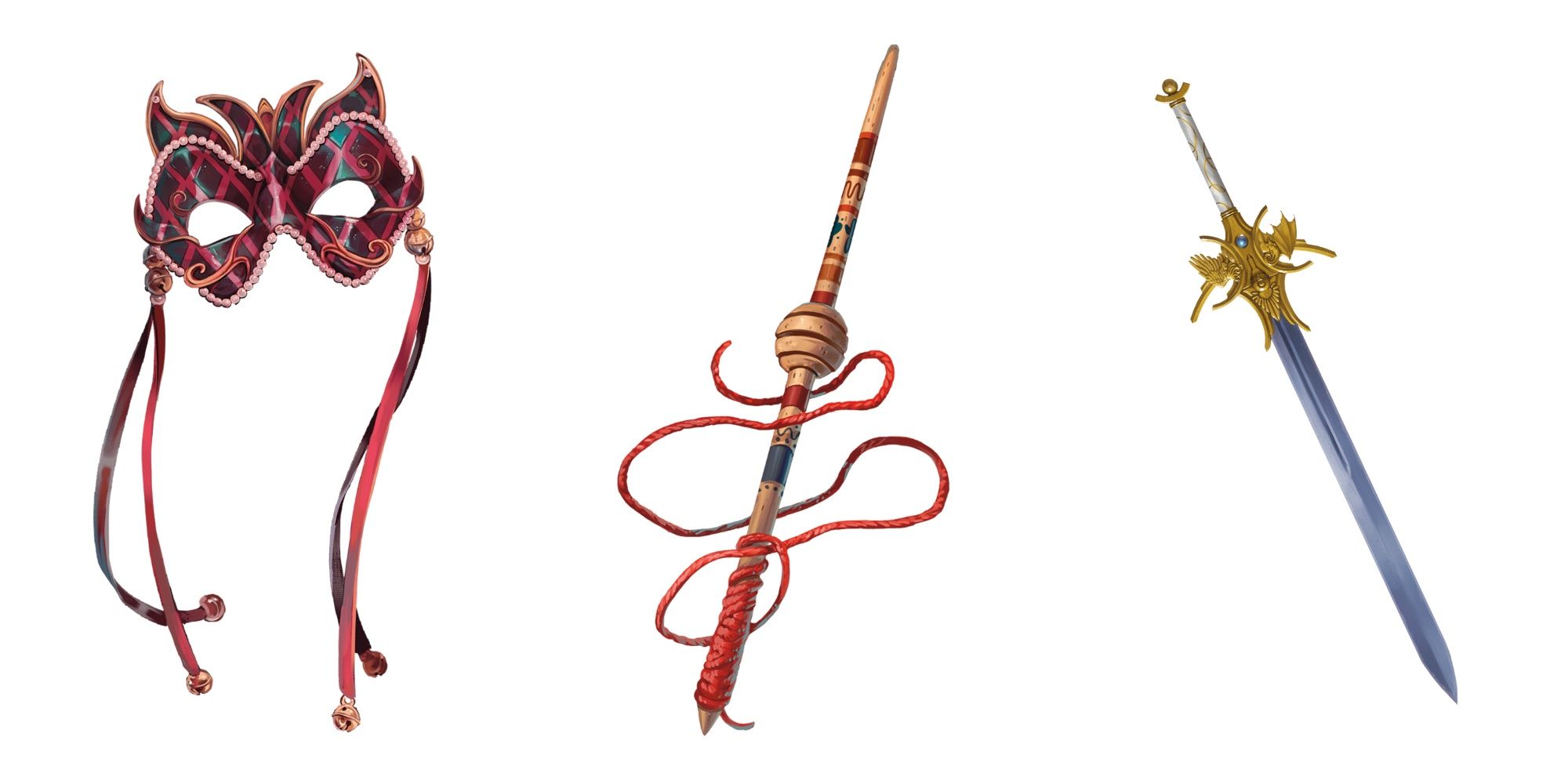
Related
Dungeons & Dragons: 10 Best Magic Items In The Book Of Many Things
Divine the future, change your fate and trust in the cards with these magic items from The Book of Many Things.
There are four creatures in the monster manual resistant to radiant damage, and a couple of them are more likely to be your allies than your enemies. No creatures are immune to radiant damage and one is vulnerable.
2
Force
Eldritch Blast Is Just That Good
May the force be with you. When it comes to the most effective damage types, the Jedi order was onto something. The most obvious implication of force being so reliable is its presence on the warlock’s Eldritch Blast. It’s almost a shame that warlocks who go without this cantrip end up hindering their character’s damage potential. A summoned Spiritual Weapon, Magic Missile, and Xanathar’s Zephyr Strike are some other household names that deal force damage.
While the 2024 Player’s Handbook allows warlocks to add their Charisma modifier to any cantrip, Eldritch Blast is still the superior choice, and the best force spell in general.
No creature in the monster manual is resistant to force damage, one is immune, and none are vulnerable. As if there wasn’t enough reason already to always roll Eldritch Blast on a warlock, force damage is without a doubt the second-best way to deal damage.
1
Magical Bludgeoning, Slashing, and Piercing
There’s No Such Thing As Too Many Magic Weapons
Part of the reason magical weapons are so good is that they avoid the immunities and resistances that a large number of creatures have against nonmagical damage. Depending on what kind of game you’re playing, these are either incredibly common or incredibly rare. As you can see by the difference in ranking between normal bludgeoning, slashing, and piercing and magical, a martial character equipped with one of these items is many times more effective.
In the 2024 Dungeon Master’s Guide, Adamantine weapons are considered magical, letting them bypass the resistance of nonmagical damage without any additional enchantments.
In all of the monster manual, there is but one creature who is resistant to magical weapons. None are immune or vulnerable. Magic weapons provide the most reliable damage type in the game, bar none. So the next time you think every player at the table needs a magic weapon, take an extra moment to consider how it may affect the difficulty of your game.

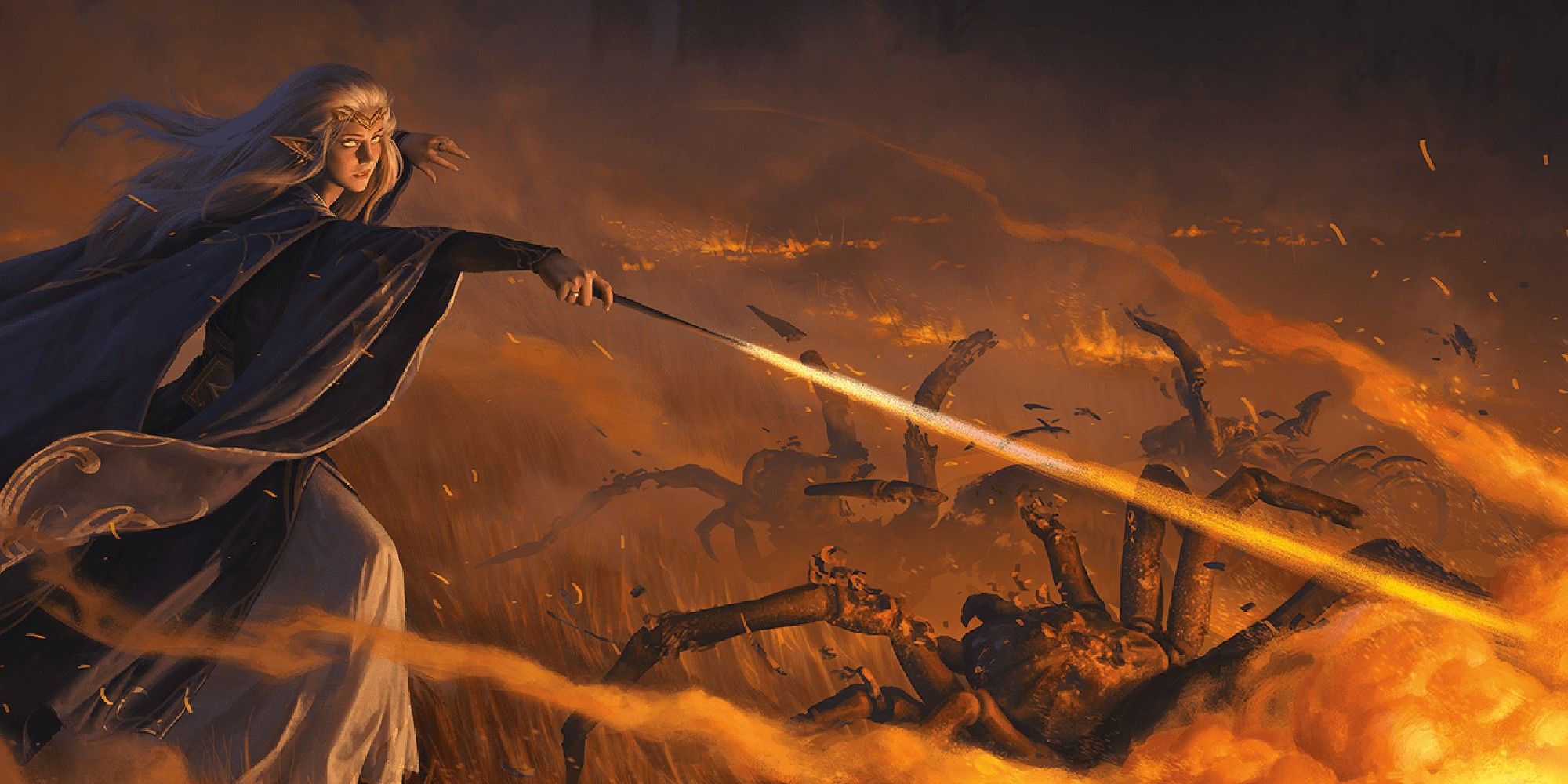
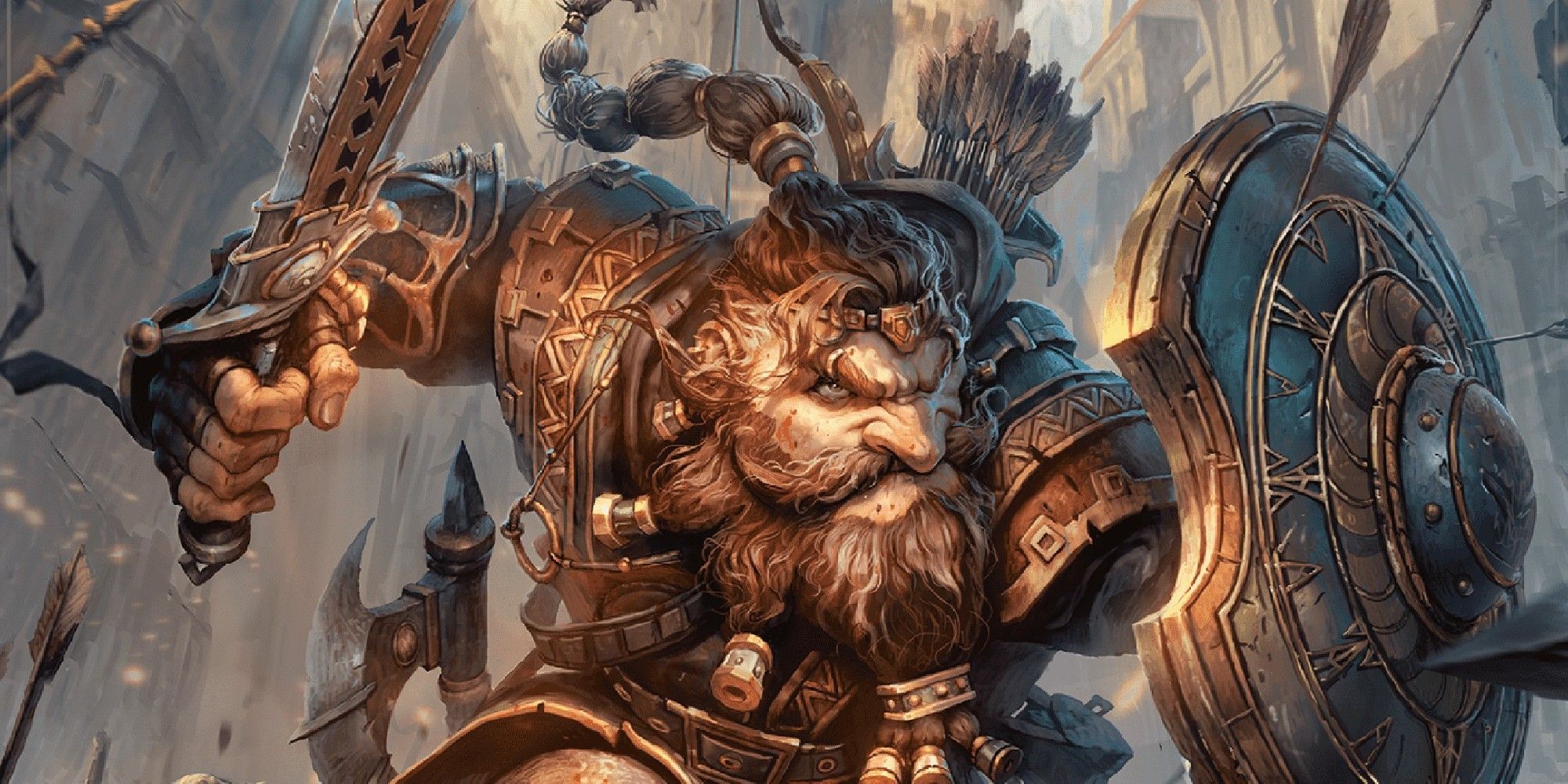
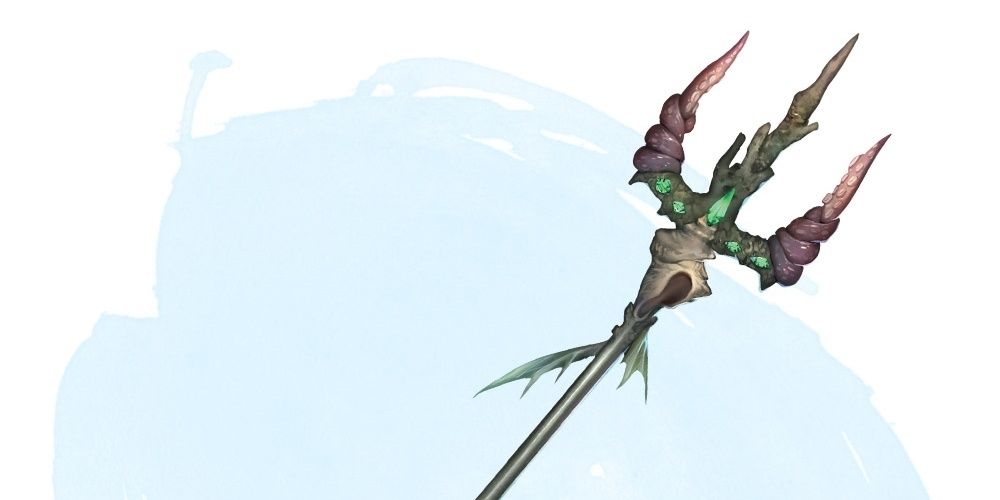
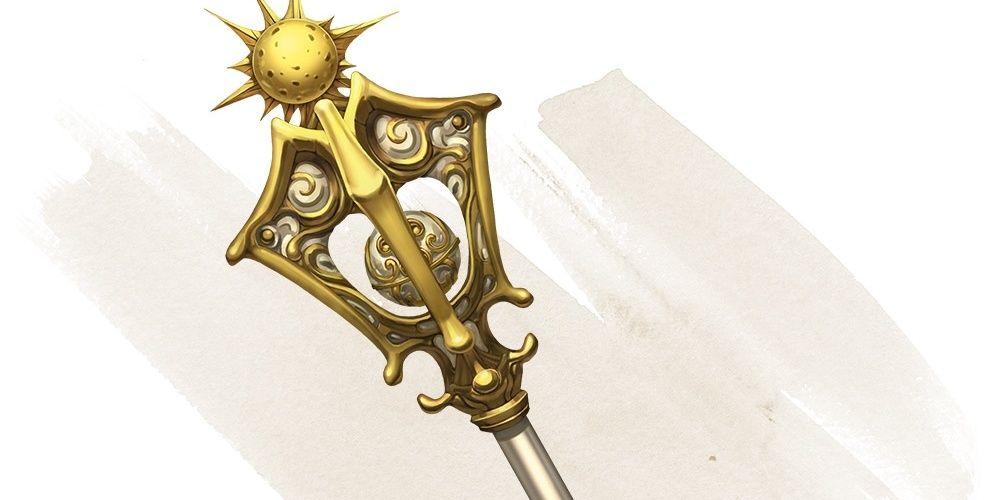
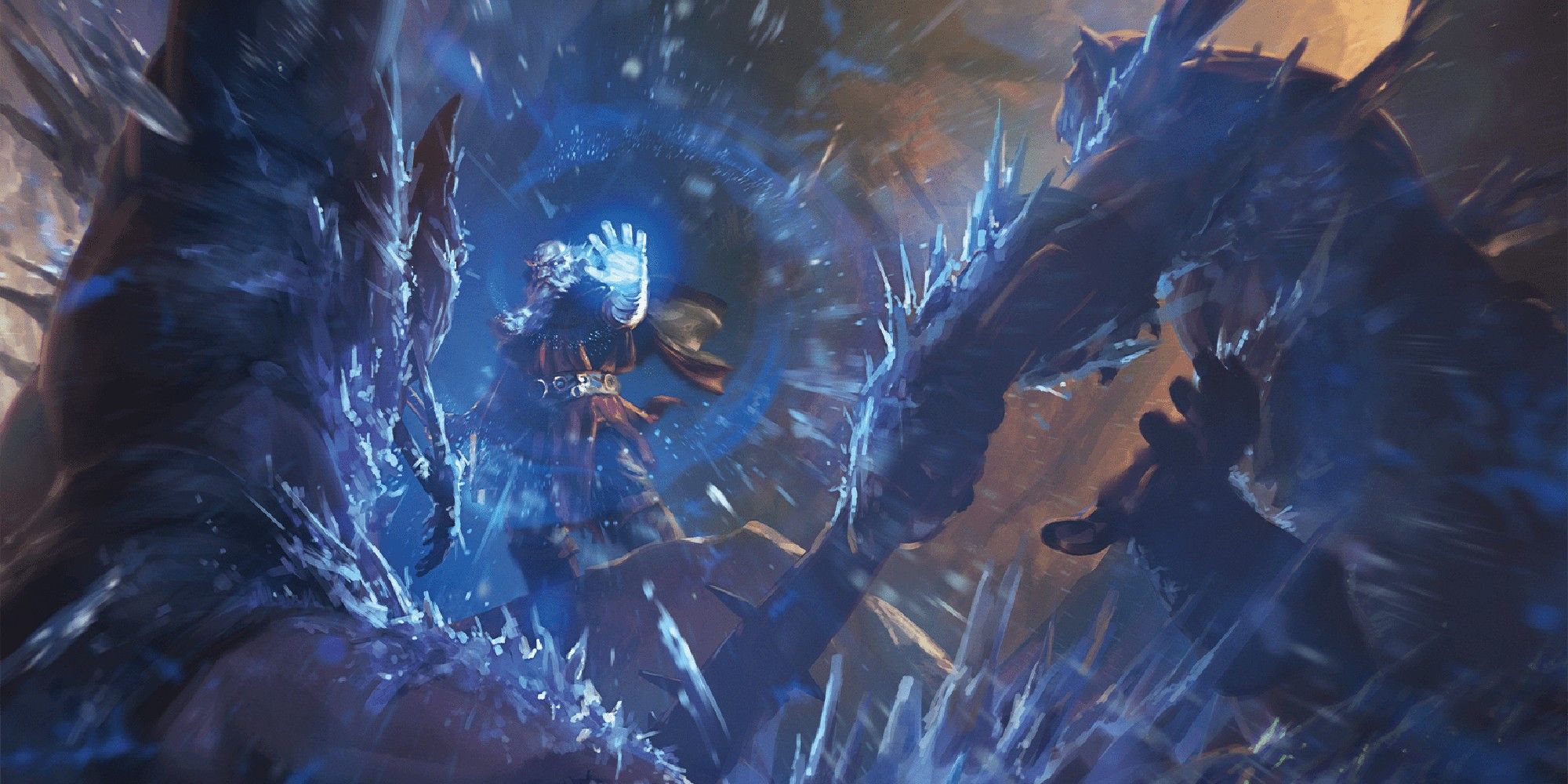
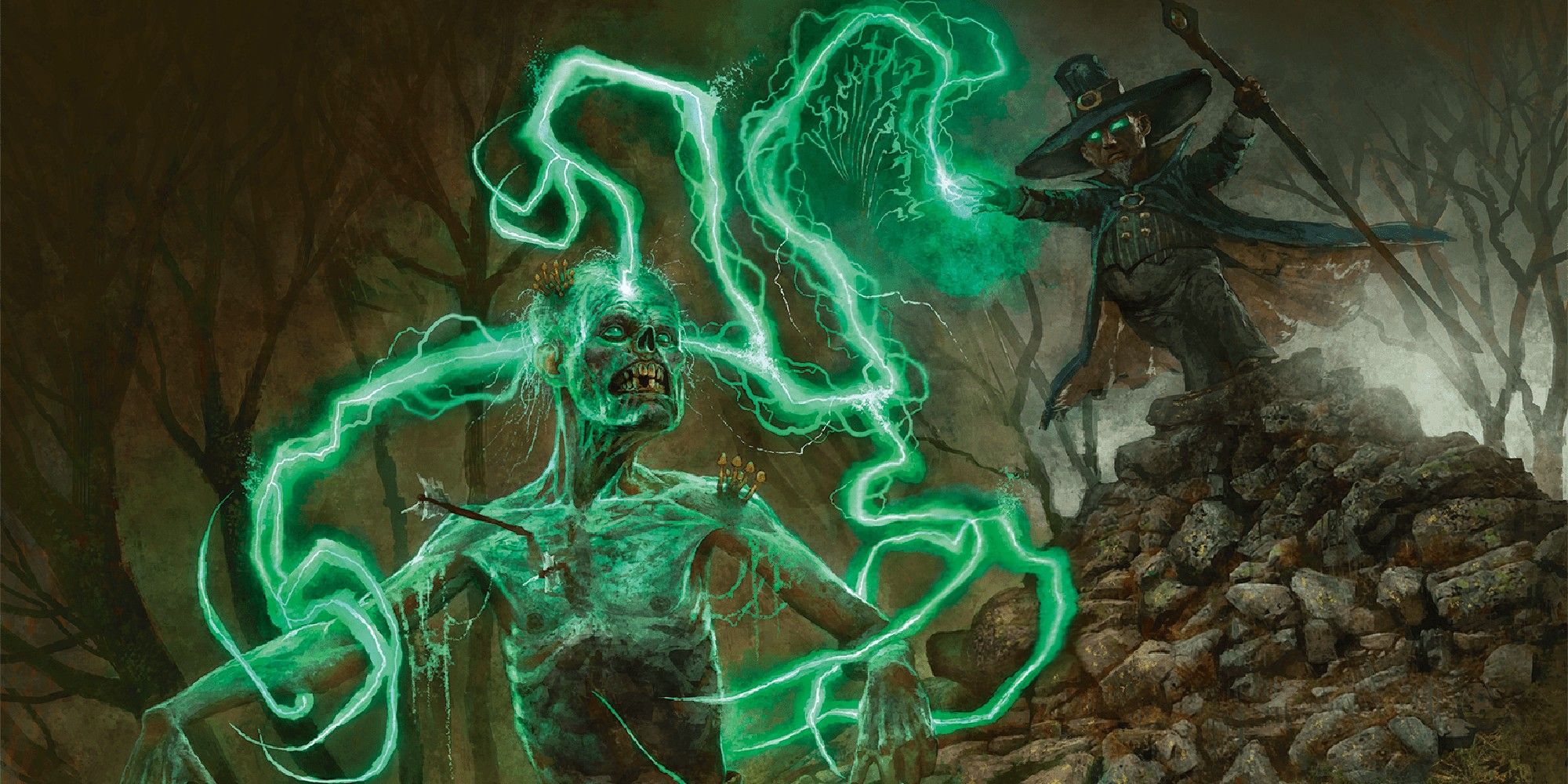
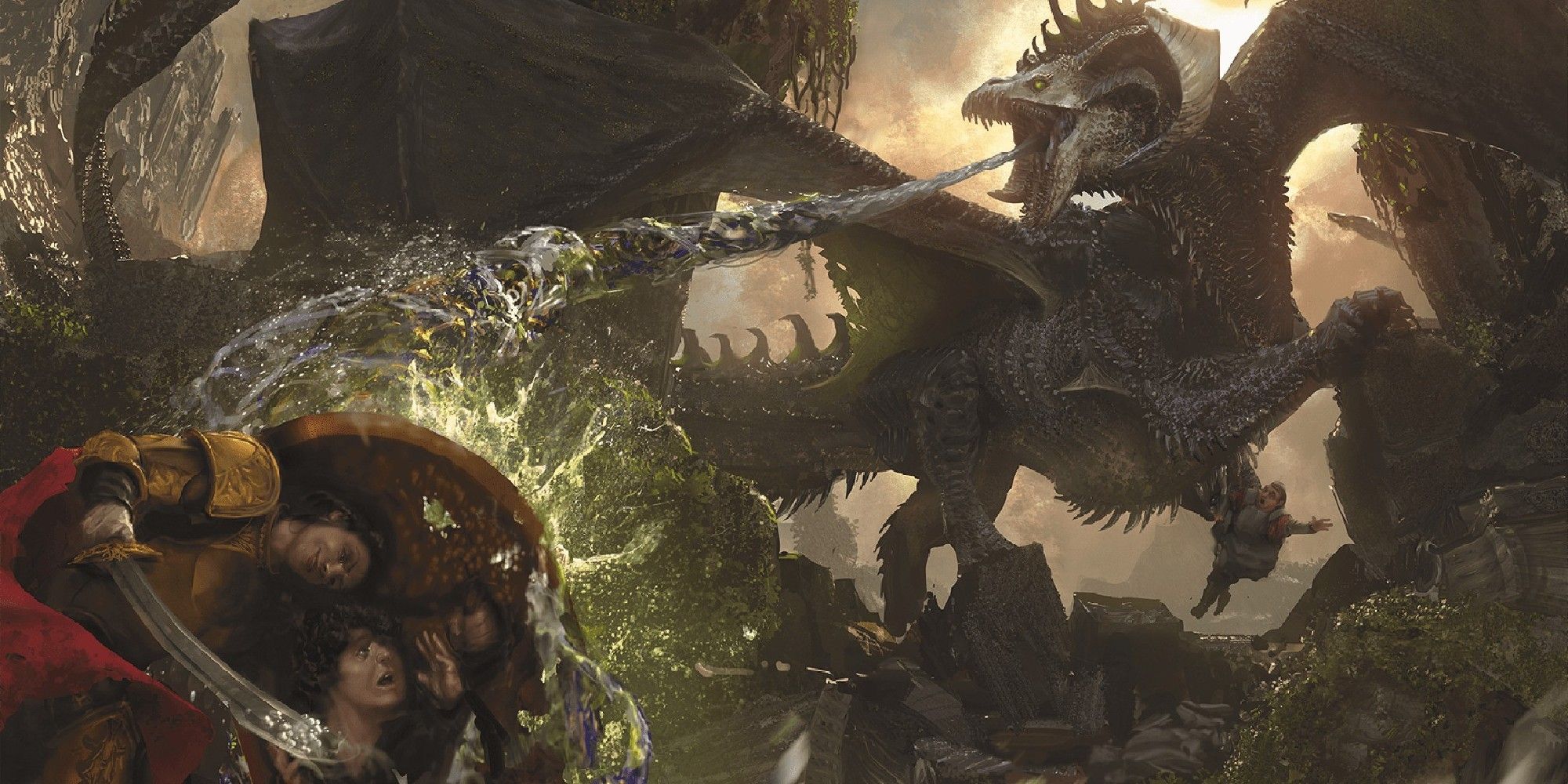
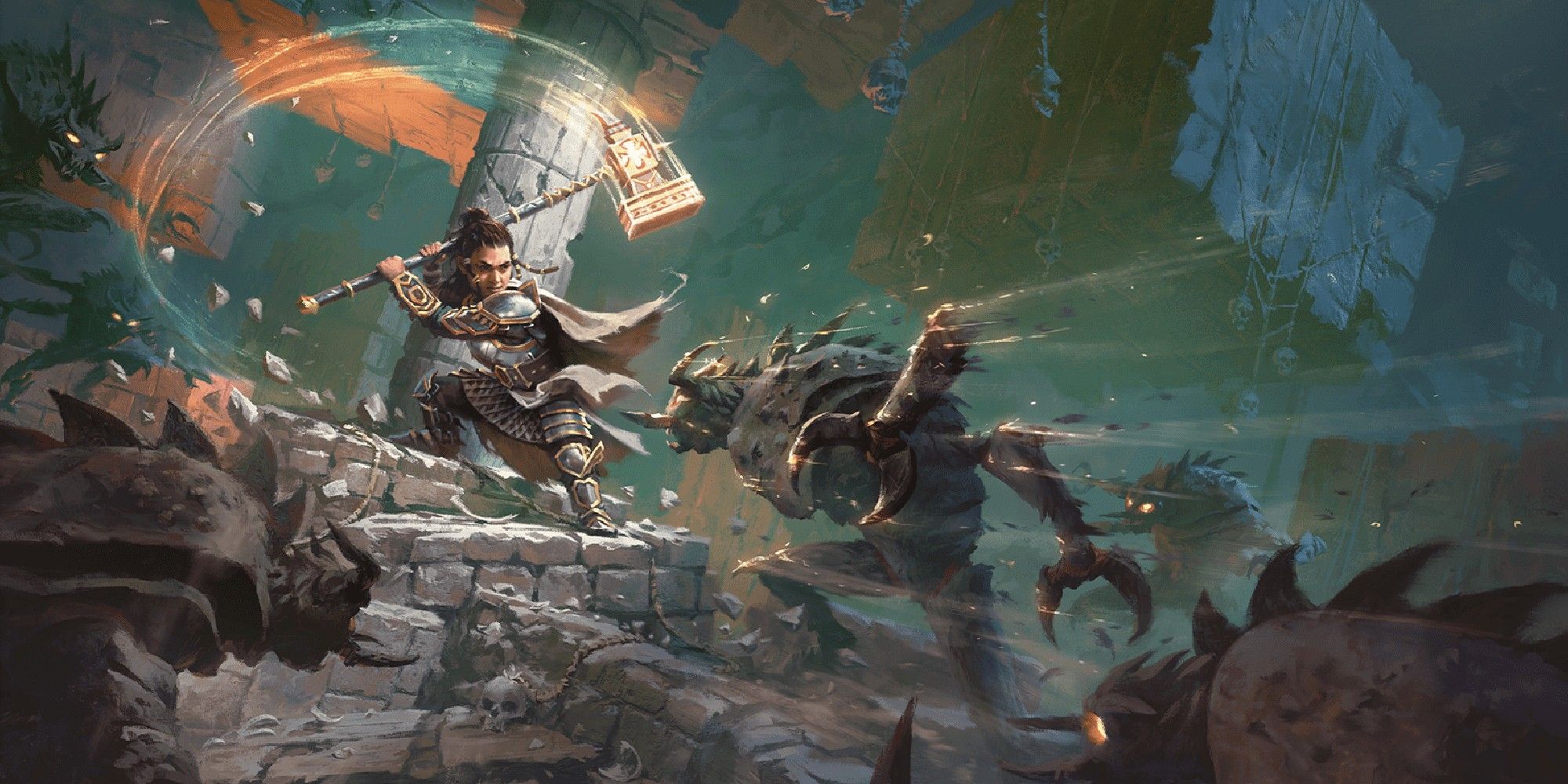
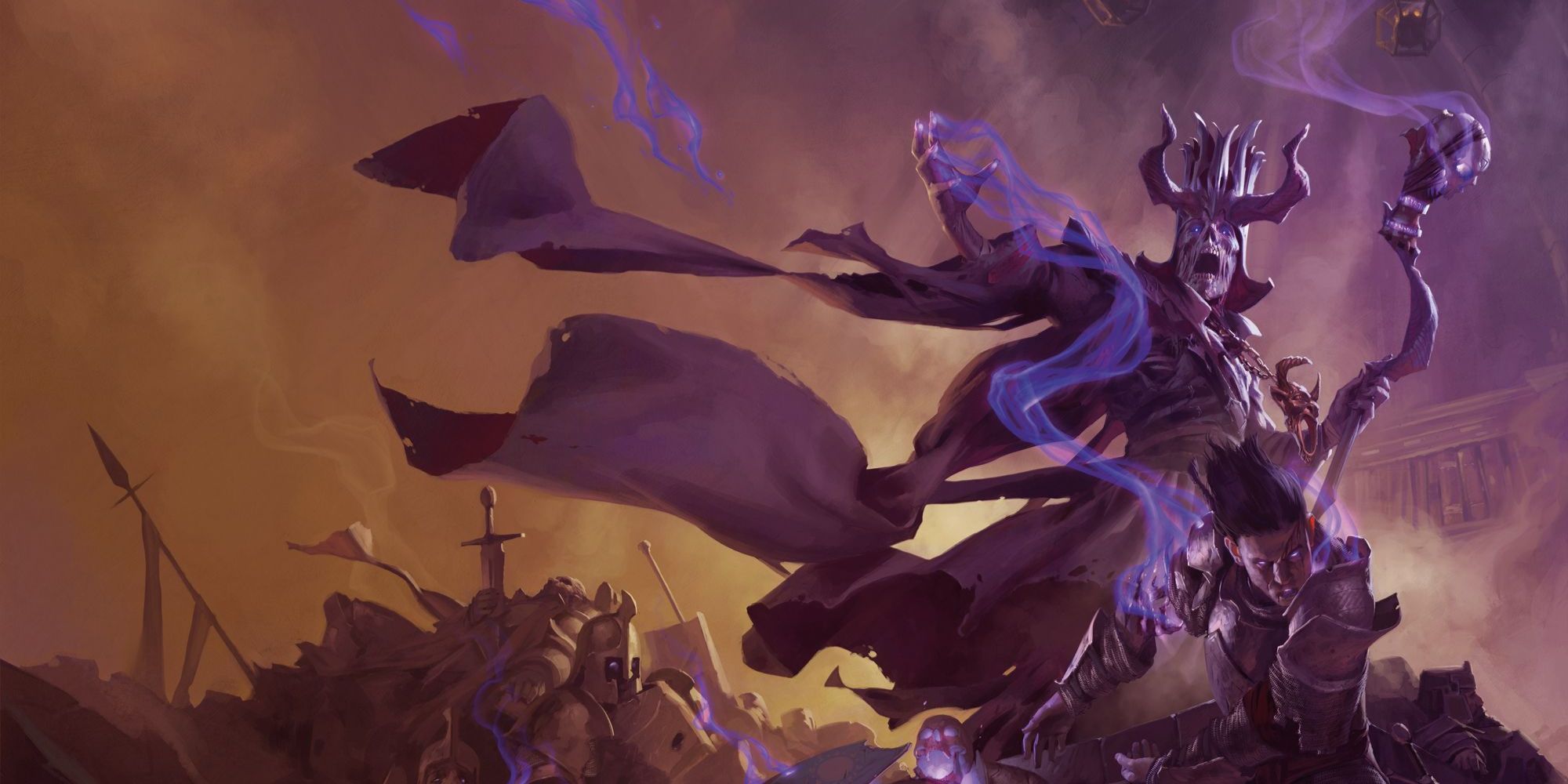
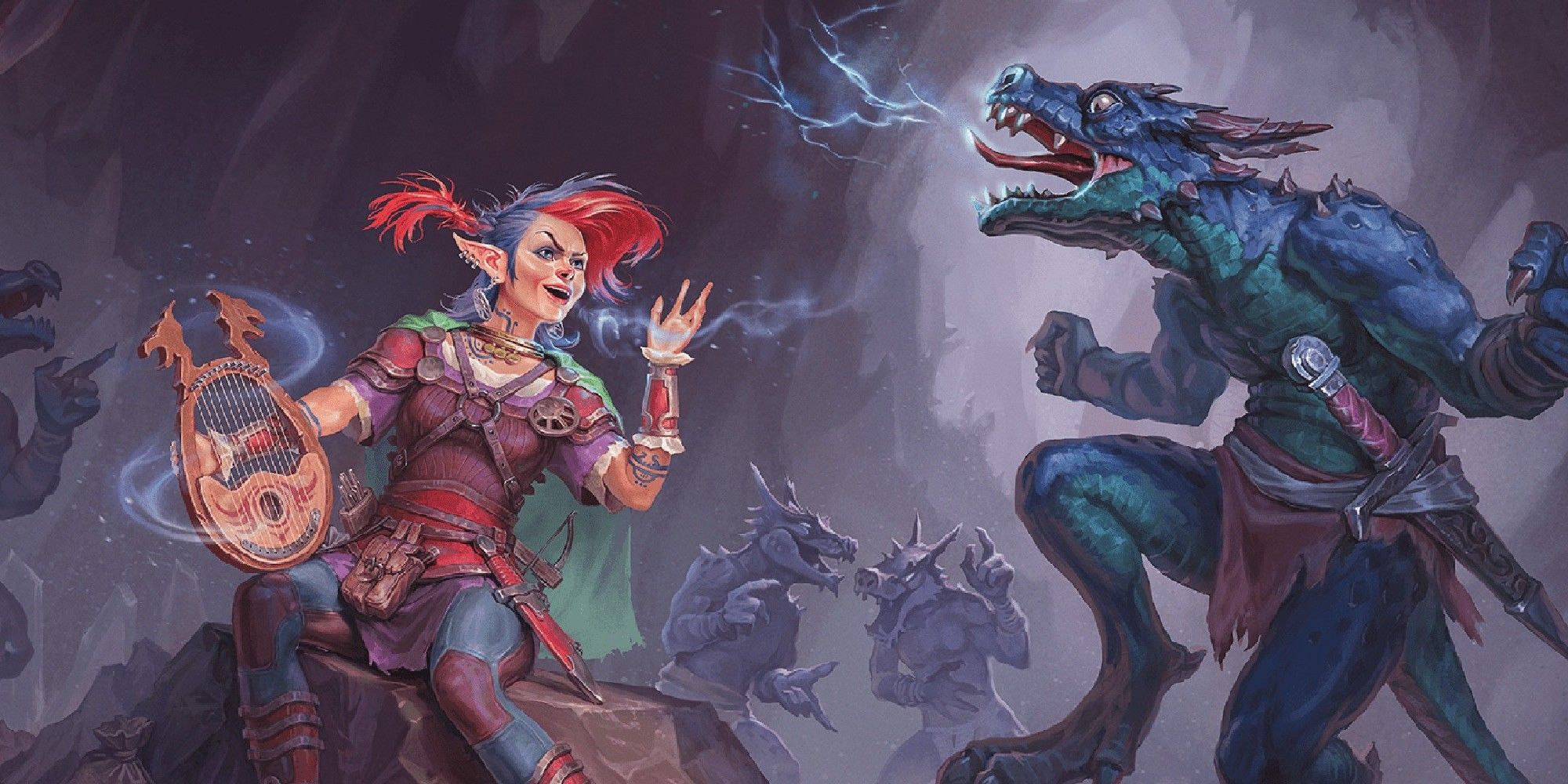
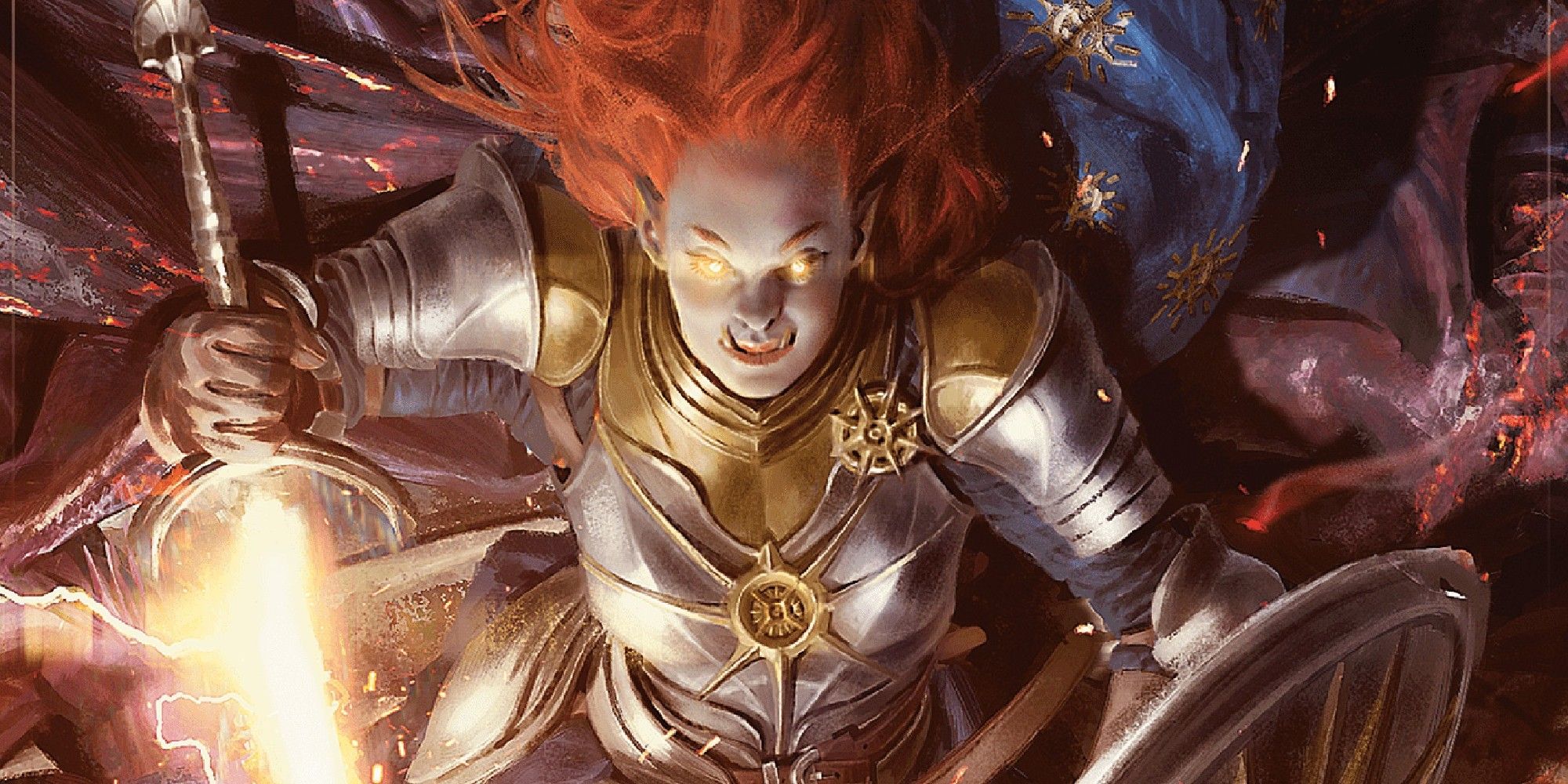
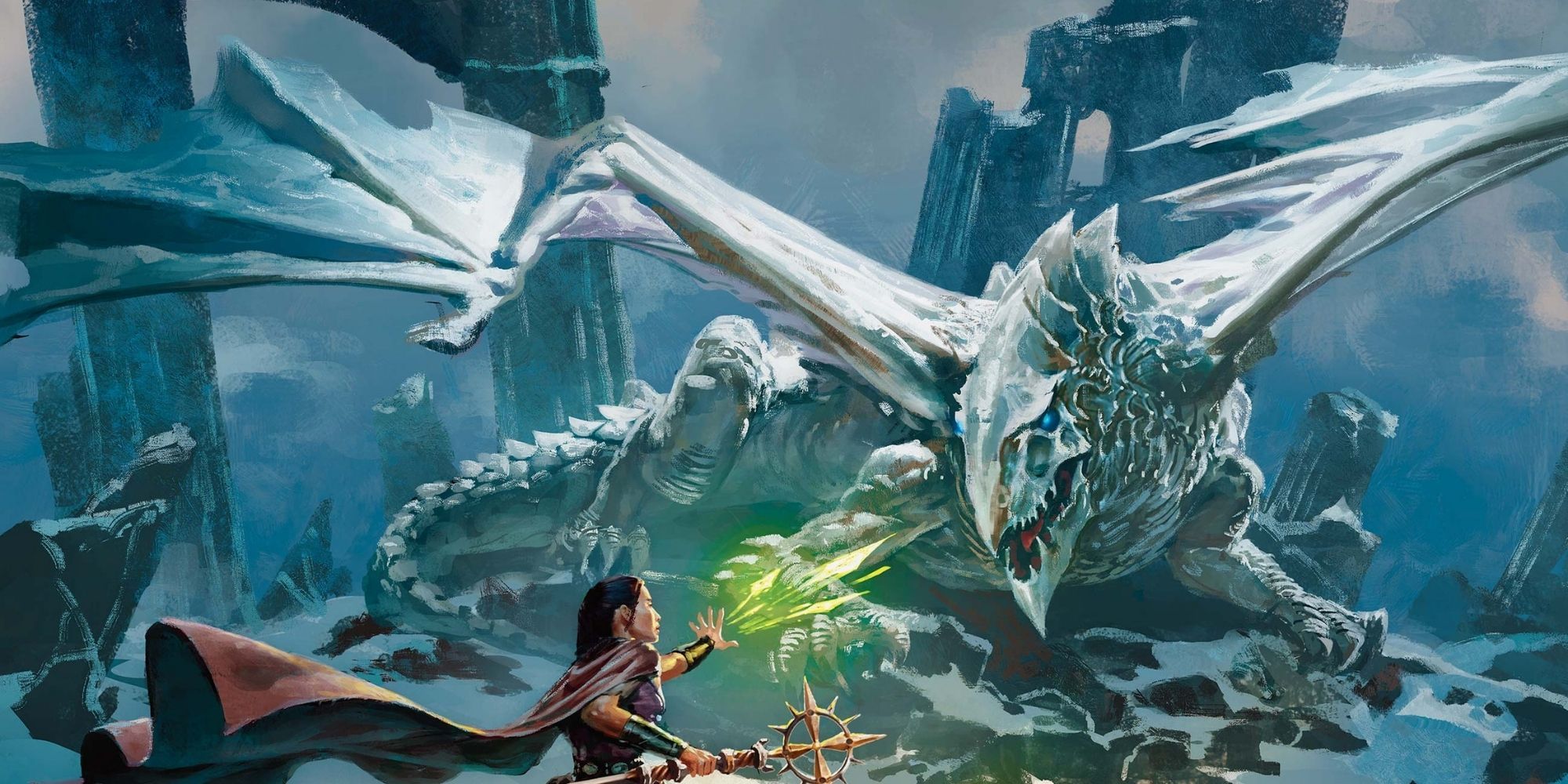
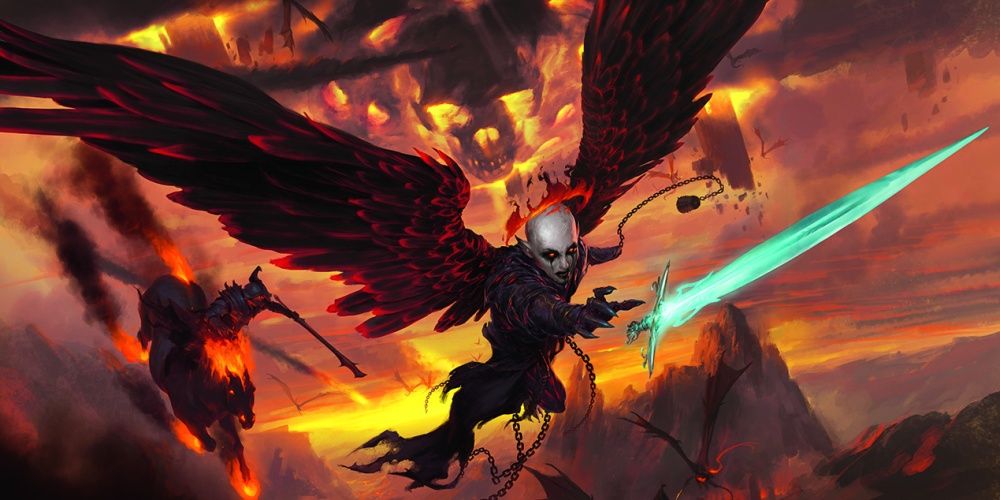
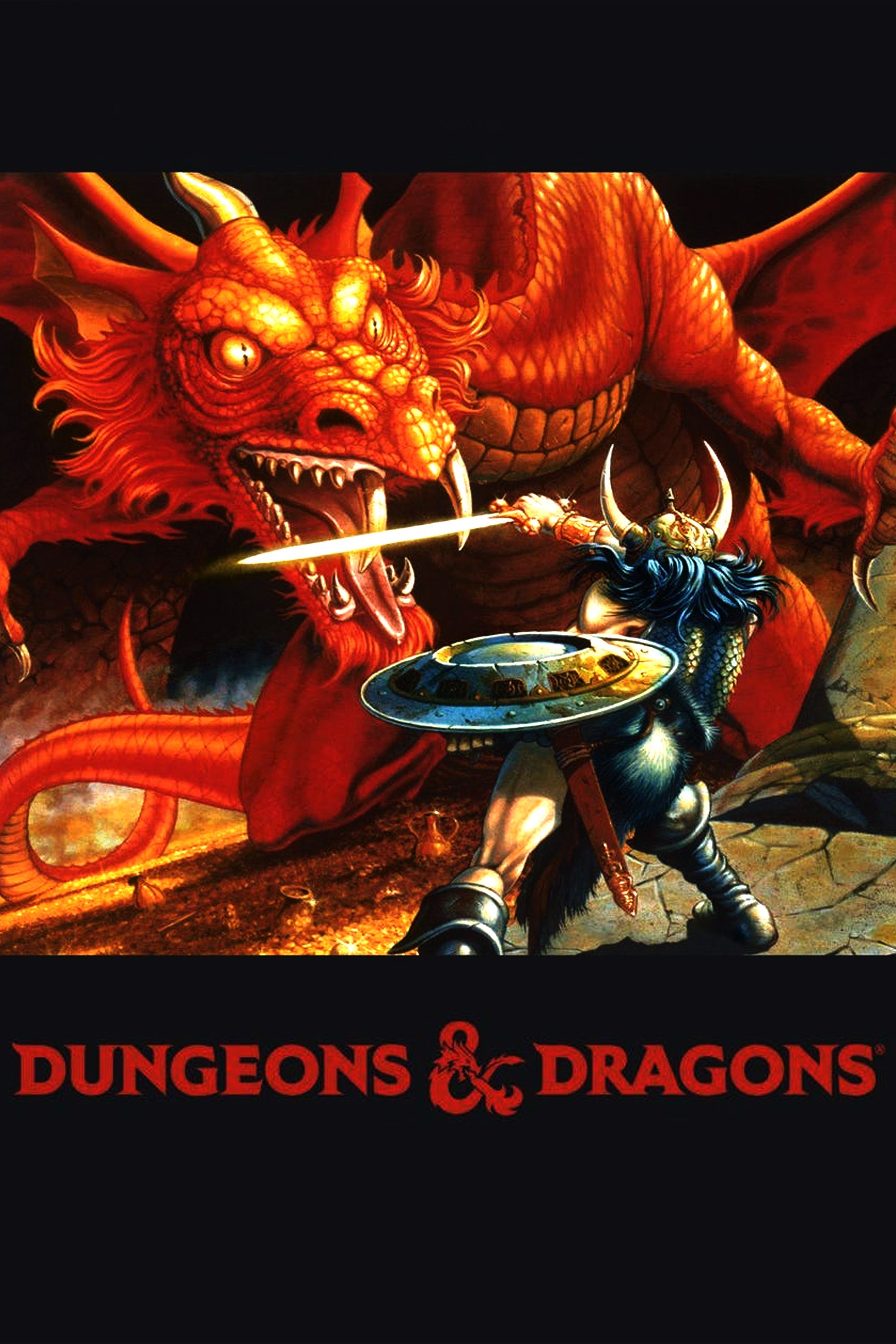




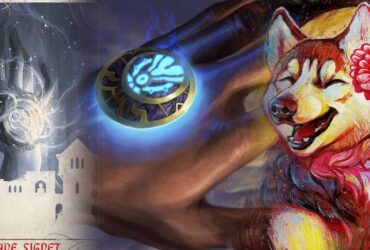
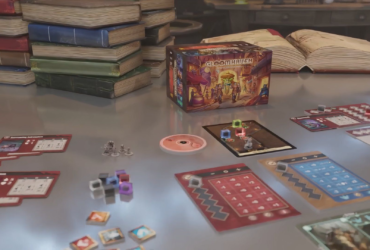
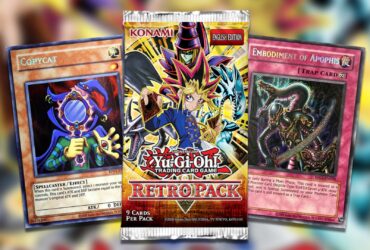



Leave a Reply